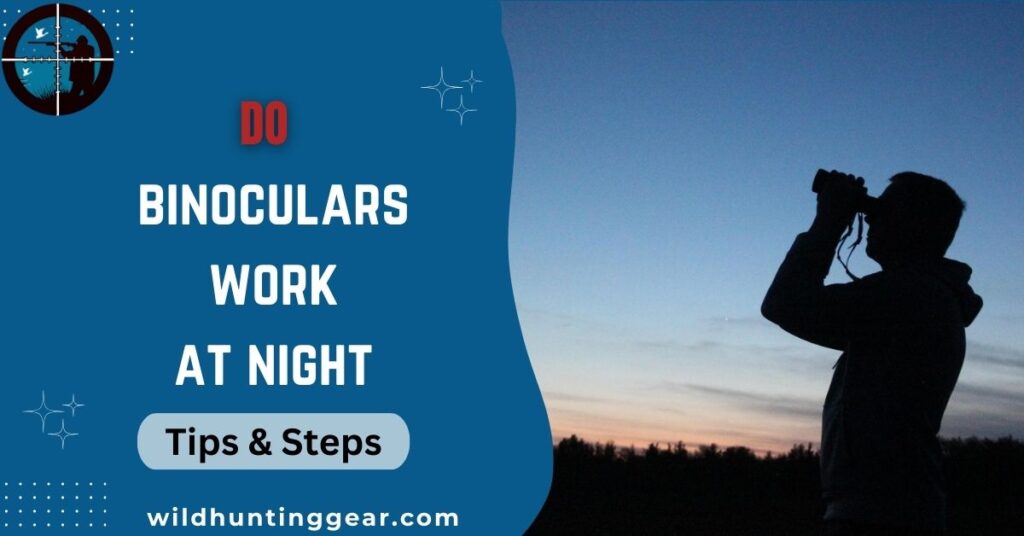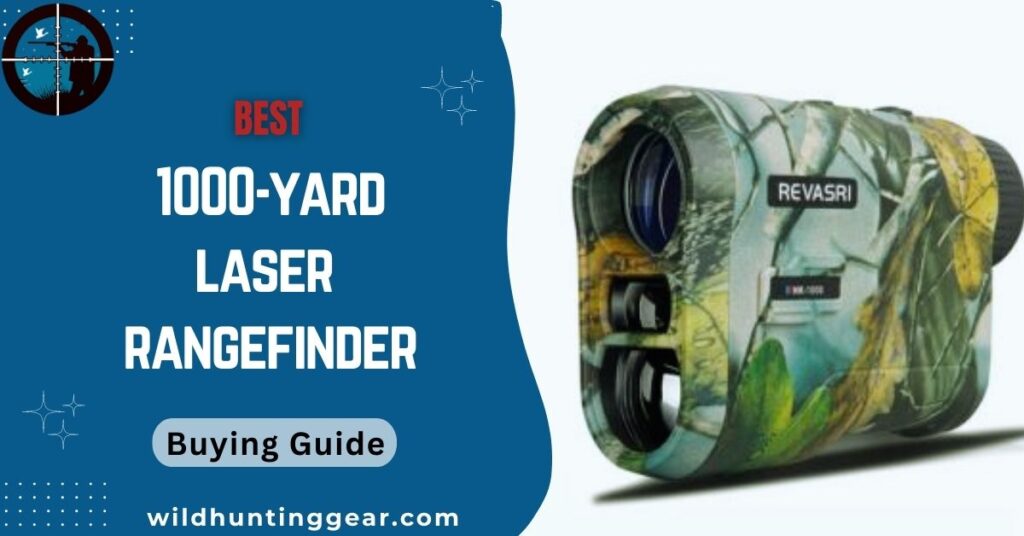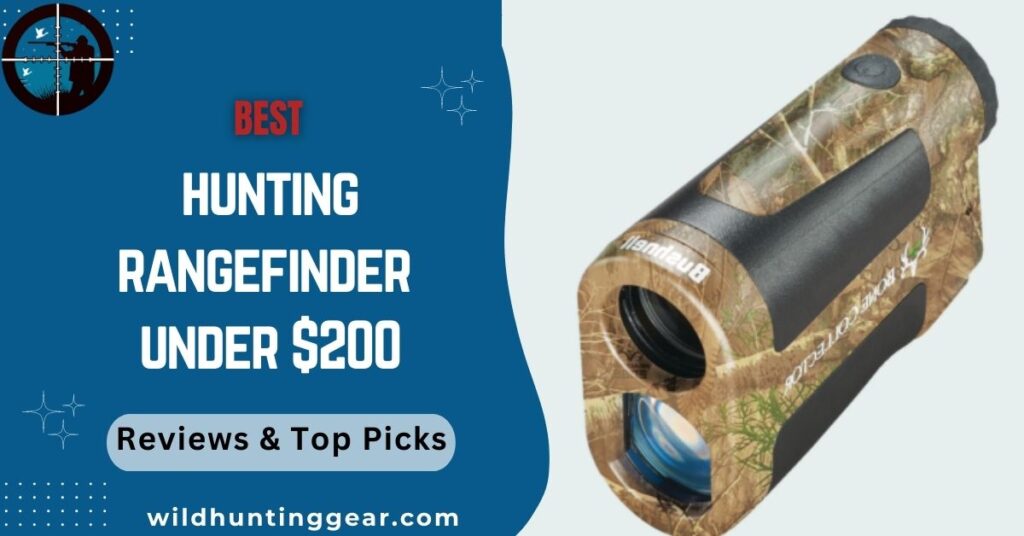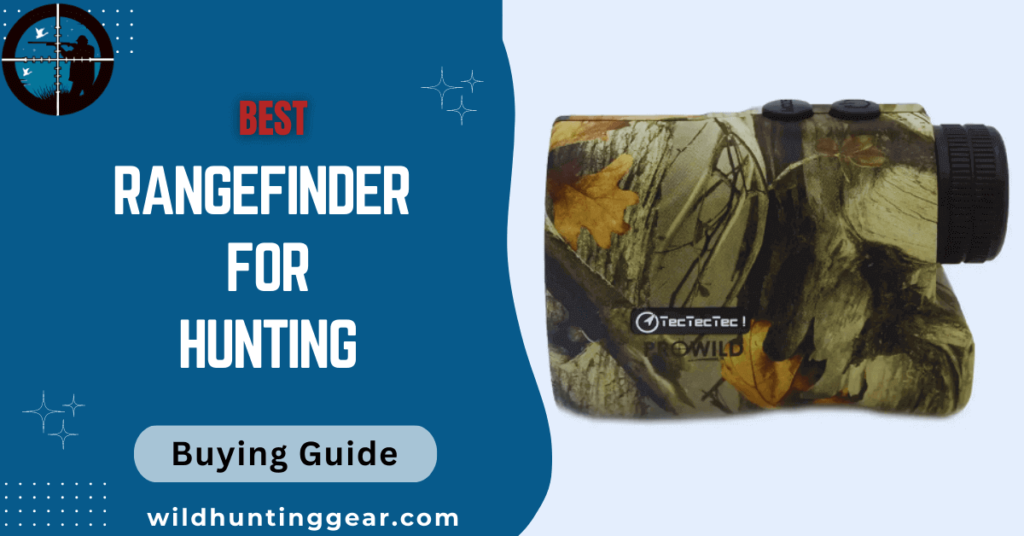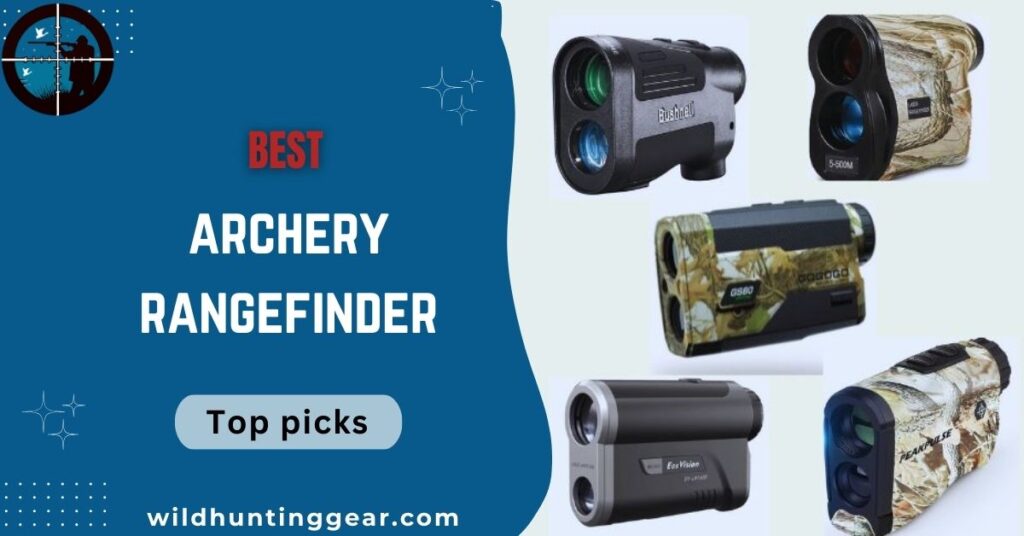Are you an avid hunter looking to take your game to the next level? You’ve probably heard of night vision goggles and scopes, but have you ever considered using binoculars at night? It may seem like a far-fetched idea, but it’s not as crazy as it sounds. Binoculars are an essential tool for any hunter, providing magnification and clarity in daylight hours. But what about when the sun goes down? Can these trusty devices still be effective under cover of darkness?
In this article, we’ll uncover the truth about whether or not binoculars can indeed work at night. So grab a seat, sharpen your senses and let’s dive into the world of hunting with binoculars after dark.
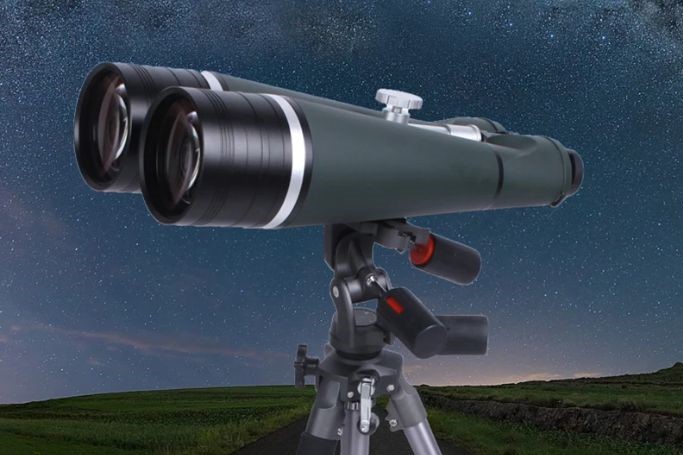
Understanding Binoculars
Binoculars comprise several key components that work together to magnify the image and provide a clear, detailed view. The three main components are:
- Objective lenses – These are the larger lenses at the front of the binoculars responsible for gathering light and creating the initial image.
- Prism system – Located between the objective lenses and the eyepieces, the prism system serves to correctly orient the image and enhance its brightness.
- Eyepiece – The smaller lenses through which you view the image; they magnify the image produced by the objective lenses.
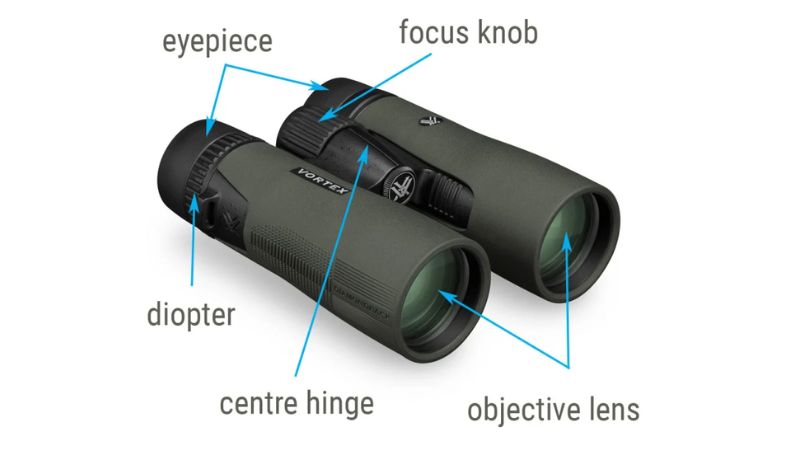
Different Types of Binoculars
There are primarily two types of binoculars:
- Porro Prism Binoculars: Named after Ignazio Porro, the inventor, these binoculars are recognized by their offset lens arrangement. The objective lenses are spaced wider than the eyepieces, providing excellent depth of field and a wider field of view. Porro prism binoculars are generally more affordable and offer better optical quality for the price. However, they tend to be bulkier and less durable than roof prism binoculars.
- Roof Prism Binoculars: Unlike Porro prism binoculars, the lenses in roof prism binoculars are aligned in a straight line, making them compact and easy to handle. The optical path is more complex, resulting in a slimmer, more rugged design. They are usually more expensive due to the higher manufacturing cost associated with the alignment precision necessary for the straight optical path.
Each type has its own strengths and weaknesses, so consider your specific needs and preferences when choosing between them.
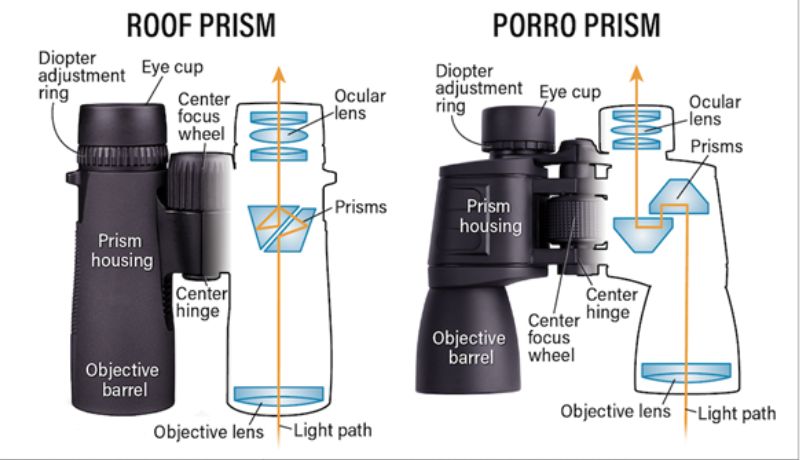
Do Binoculars Work at Night?
Yes, binoculars can work at night, but their effectiveness greatly depends on the model and its features. Traditional binoculars aren’t designed to function optimally in low-light conditions. They rely heavily on available light and their performance can be quite limited in the darkness. However, some binoculars are specifically designed for nighttime use – these are known as night vision binoculars.
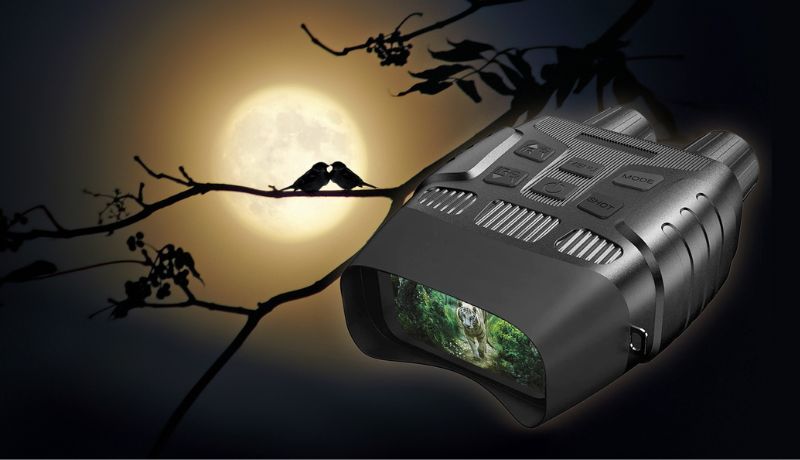
Night vision binoculars employ technology that amplifies existing light – such as the moonlight, starlight or infrared light – to enhance visibility in the dark. The common types of night vision technologies include image enhancement and thermal imaging. Image enhancement technology amplifies the available light to produce a bright and clear image, while thermal imaging detects heat emitted by objects to create a ‘thermal picture’.
It’s worth noting, however, that while night vision binoculars can significantly improve your ability to see in the dark, their image clarity and detail may not match those of regular binoculars used in daylight. This is partly due to the limited light available at night and also the technology used in night vision devices.
Magnification and Objective Lens Size
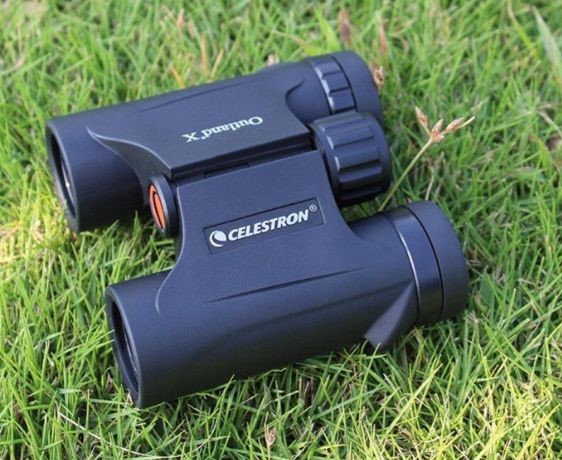
The magnification and objective lens size, measured in millimeters, are often represented by two numbers separated by “x” (e.g., 8×42). The first number denotes the magnification power of the binoculars, while the second represents the size of the objective lens.
Low Light Conditions and Binoculars
- Understanding Low Light Conditions: Low light conditions refer to situations where there is insufficient natural or artificial light, making it difficult to observe objects clearly. These conditions typically occur during dusk, dawn, or at night, especially in areas with limited ambient light.
- Aperture Size and Low Light Performance: In low light conditions, the aperture, or objective lens size, plays a crucial role in the performance of binoculars. A larger aperture allows more light to enter the binoculars and enhances image clarity and brightness.
- The Impact of Magnification on Image Brightness: Higher magnification can sometimes hamper image brightness in low light conditions. As magnification increases, the image’s exit pupil size decreases, reducing the amount of light reaching the viewer’s eyes. Choosing the right balance of magnification and aperture ensures good image brightness in low light situations.
- Prism Systems and Light Transmission: As mentioned earlier, the type of prism system used in binoculars can influence their light transmission. Porro prism binoculars generally transmit light more efficiently, yielding brighter images in low light conditions compared to roof prism binoculars.
Tips for Using Binoculars at Night
Here are some tips to enhance your experience when using binoculars at night:
1. Choose Higher Aperture Binoculars:
For night usage, opt for binoculars with a larger aperture (the second number in the binocular specification like 8×42). This allows more light to enter, enhancing visibility in low light conditions.
2. Try Out Night Vision Binoculars:
As mentioned earlier, night vision binoculars amplify the available light to provide better visibility in the dark. Therefore, investing in a good pair of night vision binoculars can significantly improve your night-time viewing experience.
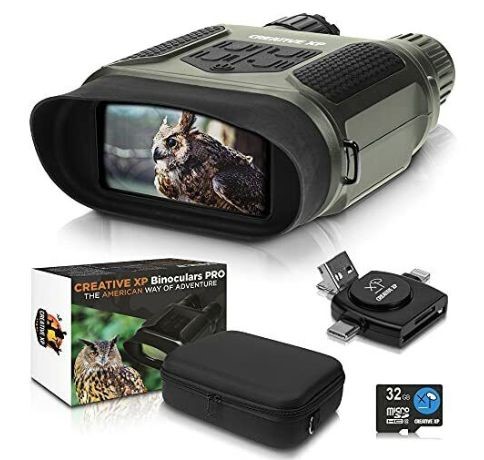
3. Adjust the Focus:
Use the central focus wheel to adjust the focus until the view is clear. Most binoculars also have a diopter adjustment ring on one eyepiece to compensate for differences between your eyes.
4. Allow Your Eyes to Adjust to Darkness:
Before you start viewing through your binoculars at night, allow your eyes to adjust to the darkness for about 20 to 30 minutes. This enables your eyes to become more sensitive to low light, thereby improving your viewing experience.
5. Utilize a Tripod:
At night, the lack of light can lead to reduced visibility and stability. Using a tripod can stabilize the image, making it easier to see objects clearly.
6. Clean Your Binoculars Regularly:
Keep the lenses clean to ensure the maximum amount of light enters the binoculars. Use a soft lens brush or a cleaning solution specifically designed for optics.
7. Be Patient:
Finally, remember to be patient. You might not see as clearly as in daylight and it may take some time to spot what you’re looking for. Enjoy the unique experience of night viewing.
Real-world Applications
Binoculars are an invaluable tool in a myriad of real-world applications. Here are a few examples:
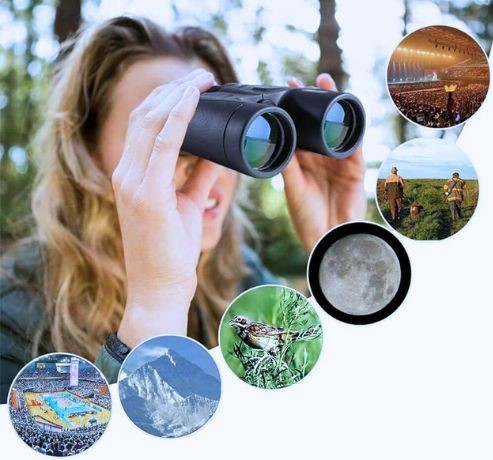
- Astronomy: High-powered binoculars are often used by astronomers and sky-gazers for a closer look at celestial bodies. The advantage of larger apertures becomes evident here, allowing more light to enter and enabling clearer views of distant galaxies, nebulae and stars.
- Birdwatching: Birdwatchers and nature enthusiasts often use binoculars with lower magnification for a wider field of view to spot and observe birds in their natural habitat.
- Hunting: Hunters utilize binoculars with higher magnification to spot prey from a distance. They often prefer models with excellent low-light performance for dawn and dusk when many animals are most active.
- Marine Use: For marine navigation and observation, waterproof binoculars with anti-fog features are favored. They’re used to spot buoys, identify landmarks, or watch marine wildlife.
- Surveillance and Security: In law enforcement and security operations, binoculars help in monitoring activities from a safe distance. Night vision binoculars are particularly useful for nighttime surveillance.
- Sports and Entertainment: Binoculars bring distant players or performers closer during sporting events or concerts. Compact and portable designs are popular in these situations for ease of use.
- Hiking and Mountaineering: Hikers and mountaineers use binoculars to scout paths ahead or to appreciate panoramic views. Durability and rugged construction are key for these outdoor applications.
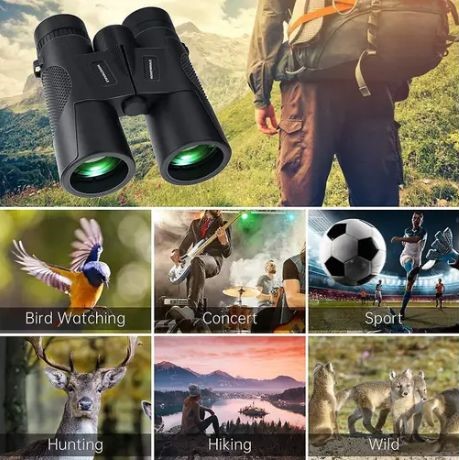
Whether for professional use or recreational activities, binoculars enhance our viewing capabilities and provide a closer look at our fascinating world. With the right choice of features and proper usage techniques, binoculars can greatly enhance your visual experience in various situations, including low light conditions.
Conclusion:
After exploring the functionality of binoculars at night and considering various factors such as magnification power, objective lens size and image stabilization technology, it’s safe to say that binoculars can indeed work effectively in low light conditions.
While they may not be able to perform as well as specialized night vision devices, modern advancements in technology have bridged the gap and made binoculars a viable alternative for nighttime viewing.
Whether you’re a wildlife enthusiast or an avid stargazer, having a good pair of binoculars with night vision capabilities can greatly enhance your experience. So don’t hesitate to invest in a high-quality pair and unlock a whole new world of possibilities! And for those who already own binoculars but haven’t tested their night vision capabilities yet, why not go out tonight and put them to the test? You might be surprised by what you see.
